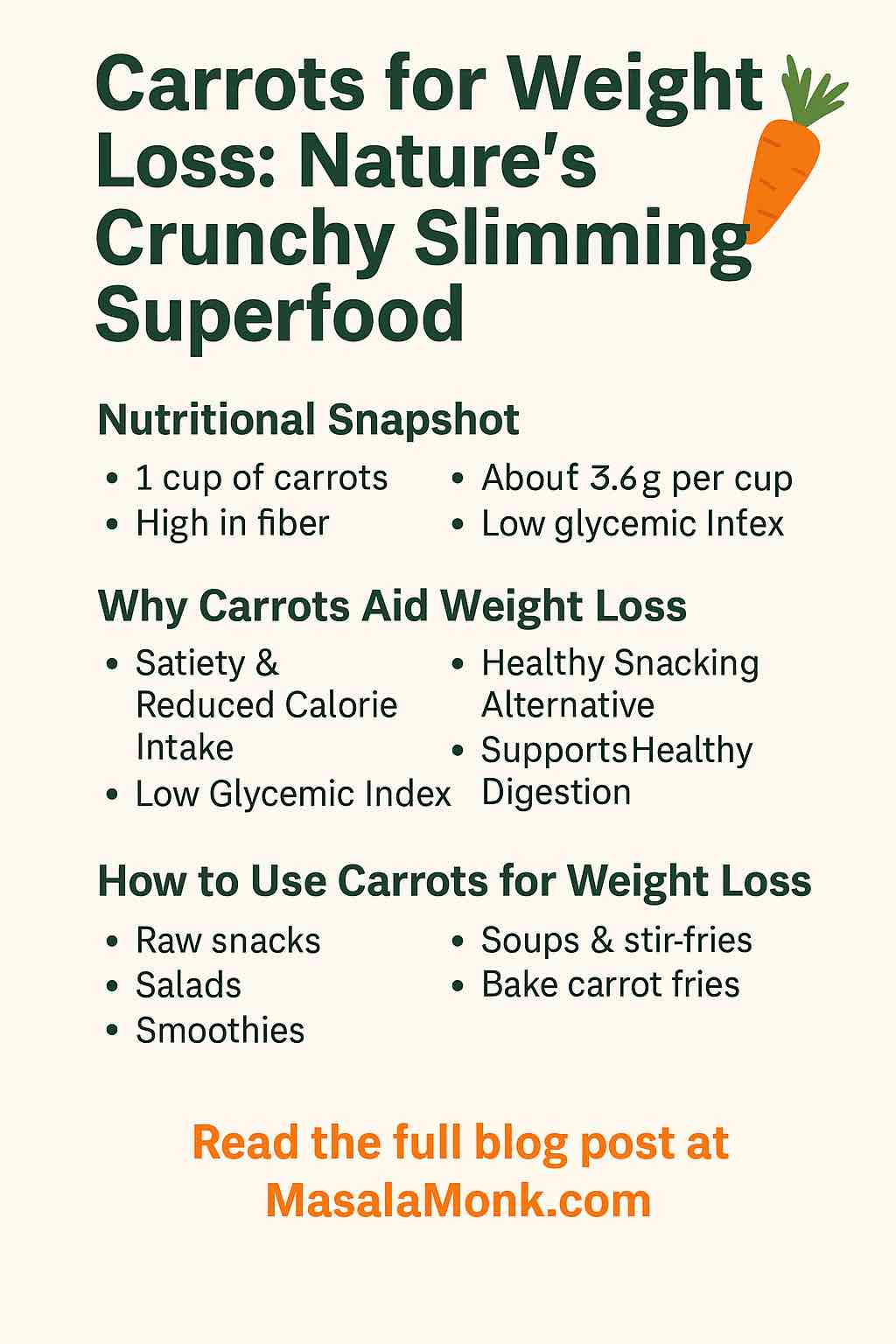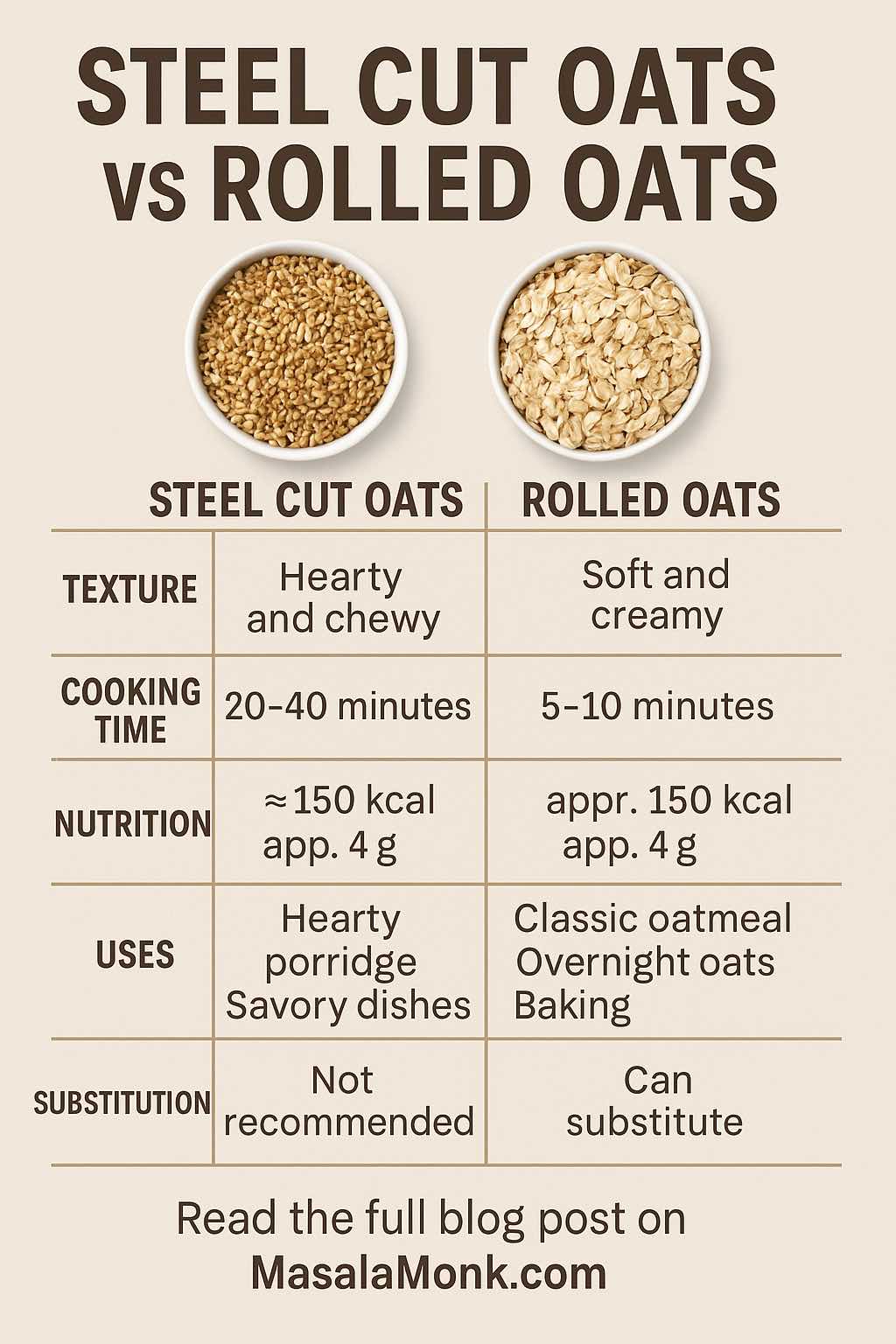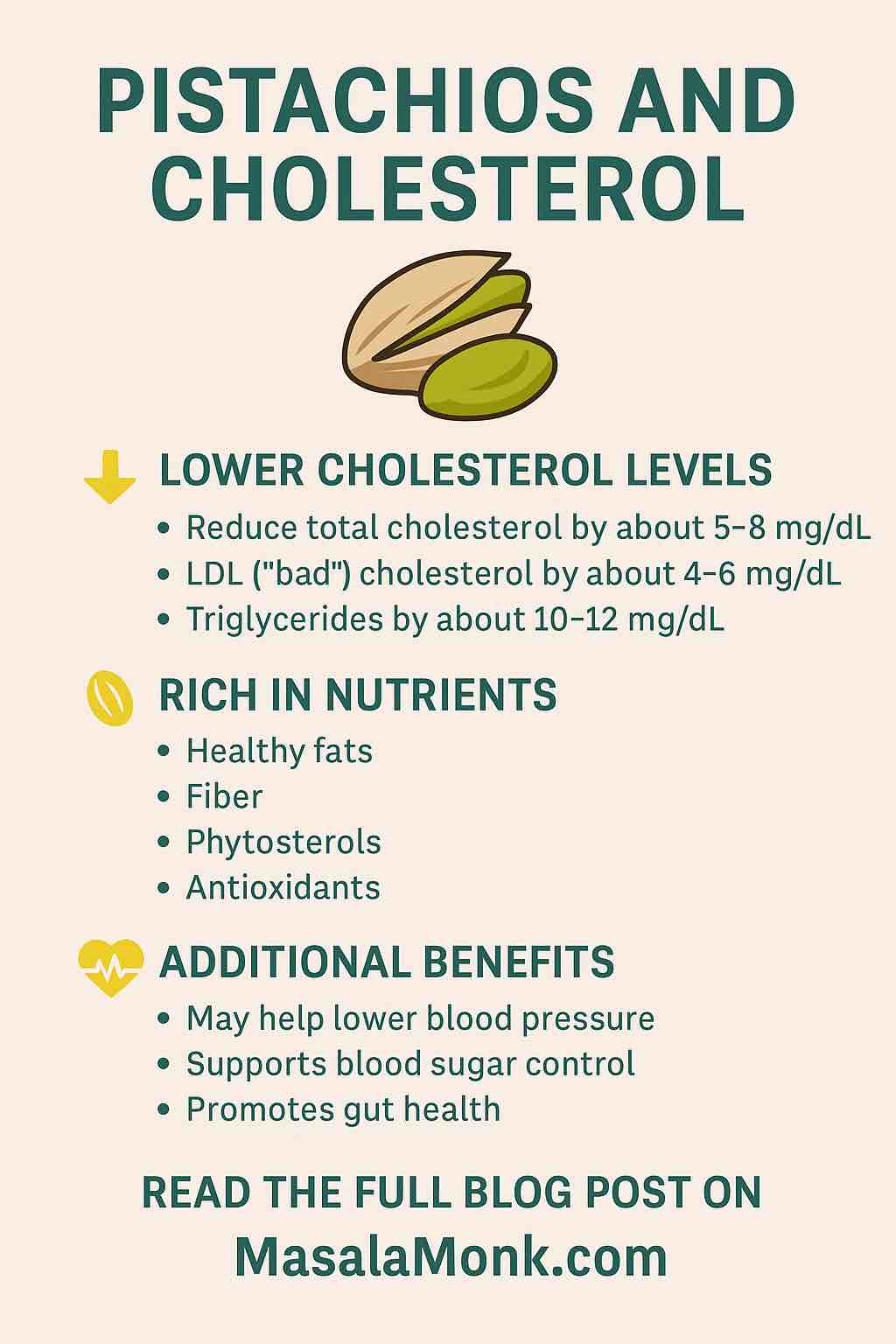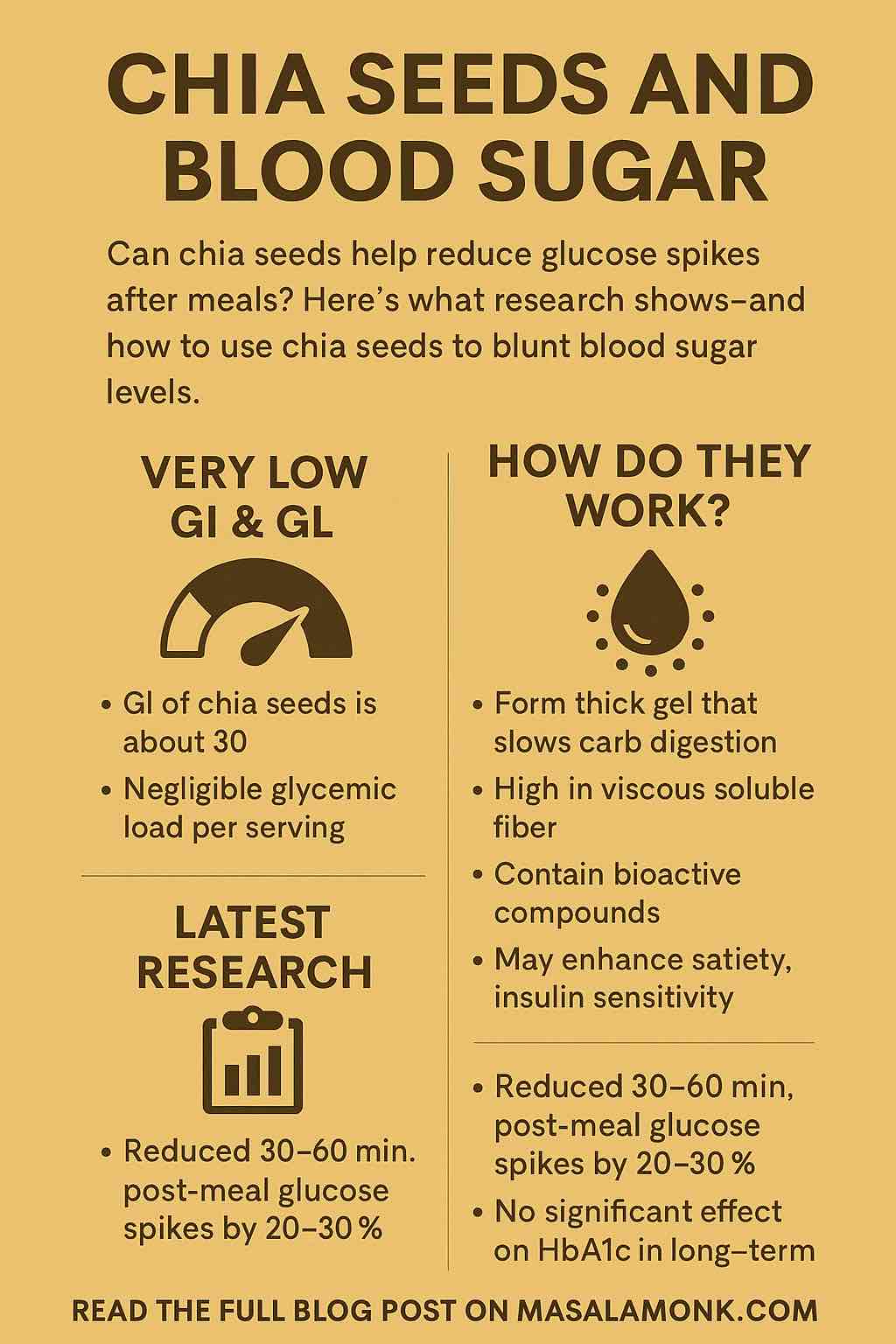
Have you ever stood in the grocery aisle, orange in one hand, orange juice bottle in the other, and wondered—which is actually healthier? Is reaching for a bottle of “100% pure” fruit juice a good shortcut when life is too hectic for peeling, slicing, and chewing? Or is there something truly irreplaceable about eating fruit in its natural, whole form?
Let’s cut through the marketing and science jargon, and dig deep into what recent research says—so you can make confident, practical choices every day.
1. Whole Fruit vs. Fruit Juice: What’s the Real Difference?
On the surface, both seem healthy. After all, juice comes from fruit, right? But here’s what sets them apart:
- Whole Fruit: Includes skin, pulp, and all the natural fiber.
- 100% Fruit Juice: Is the squeezed liquid of the fruit. Most (unless pulpy) is filtered, so almost all the fiber is gone.
Fiber is the game-changer. It slows sugar absorption, feeds gut bacteria, and helps keep you full. When you lose the fiber (as in juice), you change how your body reacts.
2. What’s in Your Glass—or on Your Plate?
| Whole Fruit | 100% Fruit Juice | Fruit Drink/Nectar | |
|---|---|---|---|
| Fiber | High | Very low | None |
| Satiety | High | Low | Very low |
| Sugar | Natural | “Free” sugar | Added + “free” sugar |
| Calories | Moderate | Often higher per glass | High if sweetened |
| Vitamins | High | Still high | Lower (depends on product) |
Fun Fact: It can take the juice of 4–6 oranges to fill a glass, but would you ever eat 6 oranges at once?
3. The Latest Science: 2025 Findings
A. Weight & Diabetes
A major 2025 UC Irvine meta-analysis (83 studies) found:
- People eating more whole fruit had lower risks of weight gain, diabetes, and some cancers.
- Regular juice drinkers (even 100% juice) had higher weight and slightly increased diabetes risk, especially in children.
- Fruit “drinks” (not 100% juice) had even worse outcomes.
B. Blood Sugar Spikes
- Juice (with its sugars freed from fiber) spikes blood sugar fast—bad news for energy crashes, mood, and especially anyone with prediabetes or diabetes.
- Whole fruit, thanks to fiber, is digested more slowly, leading to gentler rises in blood sugar and better appetite control.
C. Gut Health & Juice Cleanses
New research in 2025 from Northwestern found that even a 3-day juice-only cleanse can disrupt your gut and mouth bacteria, raising the “bad” bugs. The effects reversed after two weeks, but scientists advise against juice-only cleanses for gut and immune health.
D. Cardiovascular & General Health
100% juice can lower blood pressure slightly and contains antioxidants, but the benefits are always strongest from eating the whole fruit.
4. Practical Guidance: When to Choose What
Choose Whole Fruit When:
- You want a snack that fills you up and won’t spike your blood sugar.
- You’re aiming for better digestion, stable energy, or weight management.
- You need more fiber in your diet.
- You want the maximum health benefit (reduced risk of diabetes, heart disease, some cancers).
Practical tips:
- Keep apples, bananas, or berries at work or in your bag.
- Try prepping fruit salad or smoothie packs for busy mornings.
- If you have chewing issues (elderly, dental work), try soft fruits or blended fruit with all the pulp.
Choose Juice When:
- You can’t access whole fruit (travel, emergencies).
- You need quick energy (athletes, post-exercise, some medical situations).
- Chewing/swallowing whole fruit is difficult (but still try smoothies or purees first).
But follow these rules:
- Choose 100% juice ONLY (check the label—avoid “fruit drinks” or “cocktails”).
- Keep servings small: 125–150 ml (about ½ cup) per day for adults; even less for kids.
- Drink juice with meals to blunt blood sugar spikes.
- Dilute juice with water or combine with veggie juices for lower sugar.
Smoothies: A Middle Ground?
Blending whole fruit (with skin and pulp) into a smoothie retains most of the fiber and nutrients. Just:
- Don’t add sweetened yogurt or extra sugar.
- Add leafy greens or seeds for bonus nutrition.
- Portion control—one glass = one fruit serving.
5. Frequently Asked Questions (FAQs)
1. Q: Can drinking 100% fruit juice count as a fruit serving?
A: Most health guidelines allow a small serving of 100% juice to count as one fruit serving, but recommend prioritizing whole fruit due to its fiber content and greater satiety. Juice should never replace all your fruit servings.
2. Q: Is juice safe for people with diabetes or prediabetes?
A: Whole fruit is generally safe and beneficial. Juice, even unsweetened, spikes blood sugar faster and is best avoided or strictly limited. If you drink juice, pair it with a meal and stick to a small portion.
3. Q: Are smoothies healthier than juice?
A: Yes—if you blend whole fruits (and veggies), you retain most of the fiber and nutrients. Just avoid added sugars or syrups, and keep portions moderate.
4. Q: Is there a limit to how much fruit juice children should drink?
A: Yes. For children aged 1–6, limit juice to 4–6 ounces (120–180 ml) per day. Children under 1 should not have juice at all. Whole fruit and water are better choices.
5. Q: Does juice have the same vitamins as whole fruit?
A: 100% juice has similar vitamins (like vitamin C and potassium), but loses most fiber and some antioxidants in processing. Store-bought juices can also lose nutrients during pasteurization.
6. Q: What’s the difference between “100% juice” and “fruit drink” or “nectar”?
A: “100% juice” means all the liquid comes from fruit, with no added sugar. “Fruit drinks” and “nectars” often contain added sugars, flavors, and less real fruit—avoid these for health.
7. Q: Does juicing or drinking juice help with weight loss?
A: No—juice is less filling and easy to overconsume, leading to excess calories. Whole fruits are more effective for weight management.
8. Q: Are there risks with juice-only cleanses?
A: Yes—juice cleanses can disrupt your gut microbiome, cause blood sugar swings, and lack important nutrients like protein and fat. They are not recommended by most health experts.
9. Q: Can I eat unlimited whole fruit?
A: While whole fruit is healthy and hard to overeat, it’s still possible to consume too many calories if you go far beyond normal portions. For most people, 2–4 servings per day is ideal.
10. Q: Are homemade juices healthier than store-bought?
A: Homemade juices skip additives, but they still lack fiber unless you use all the pulp. For best results, blend rather than juice, and use mostly whole fruit and veggies.
6. The Bottom Line: Your Best Bet
Whole fruit wins—every time. If you love juice, treat it as an occasional supplement, not a daily replacement. Your body (and gut bacteria!) will thank you.
Pro Tip: Start a “whole fruit challenge” for a week—notice your energy, digestion, and even mood.
7. Key Takeaways (2025 Edition)
- Fiber is your friend: Whole fruit fills you up, juice won’t.
- Watch portions: Juice is easy to overconsume; keep servings small.
- Gut health matters: Skip juice-only cleanses; eat whole foods.
- For kids: Stick to water, milk, and whole fruits—juice only for treats.
- Read labels: “100% juice” only; avoid “fruit drinks” and added sugars.
What do you think?
Are you a juice lover, a fruit snacker, or both? Share your tips, questions, and challenges in the comments below!
Stay healthy, stay curious—and enjoy your fruit, the way nature intended!
Whole Fruit vs. 100% Fruit Juice
| Aspect | Whole Fruits | 100% Fruit Juice | Blended Smoothies |
|---|---|---|---|
| Fiber | ✅ High | ❌ Low | ✅ Moderate–High |
| Satiety | ✅ Strong | ❌ Weak | 👍 Medium (if skins/pulp used) |
| Glycemic Response | ✅ Gentle | 🔺 Spikes | 🟡 Mixed (varies with ingredients) |
| Weight Impact | 🔻 Weight loss potential | 🔺 Weight gain risk | 🟡 Neutral–positive |
| Health Benefits | Broad (CVD, diabetes, cancer prevention) | Some (if consumed moderately) | Similar to whole fruits |
| Risks | Minimal | Sugar overload, T2D, dental issues | Watch portions & added sugars |













